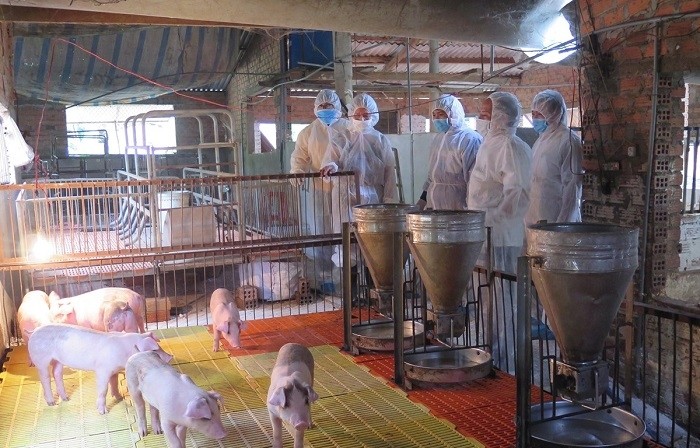Deputy Minister of Agriculture and Rural Development Phung Duc Tien made the statement at a conference held on November 12 to implement the national plan and a national programme on foot-and-mouth disease (FMD) prevention and control during 2021-2025.
He stated that the effective realisation of the above-mentioned plan will bring about socio-economic efficiency, thus creating stable food supplies and helping to strengthen the exports of animal products in the near future.
Under the ASF national plan, Vietnam aims to have 500 safe pig breeding facilities and 50 safe pork production chains, meeting demand both domestically and for exports. In addition, 100% of large-scale pig breeding farms, 90% of medium-scale and 80% of small-scale ones will apply bio-security measures.
Meanwhile, the national programme on FMD prevention and control during 2021-2025 will facilitate the World Organisation for Animal Health (OIE)’s consideration and recognition of Vietnam’s national programme as meeting the OIE’s recommendations. This is one of the most important requirements that must be satisfied by countries in exporting animals and animal products.
The programme aims to reduce the number of FMD outbreaks and infected cattle by 10-20% compared to the average figure of the 2016-2020 period, in addition to successfully building at least 10 additional disease-free zones at district or inter-district levels, as well as successfully developing and maintaining at least 1,000 disease-free livestock husbandry establishments and chains.
According to a report by the Department of Livestock Production, the ASF epidemic in the country has been put under control in recent times. Currently, 96% of the communes nationwide are free of the disease. The epidemic now only occurs in small-scale livestock households which do not ensure biosafety breeding conditions.
















